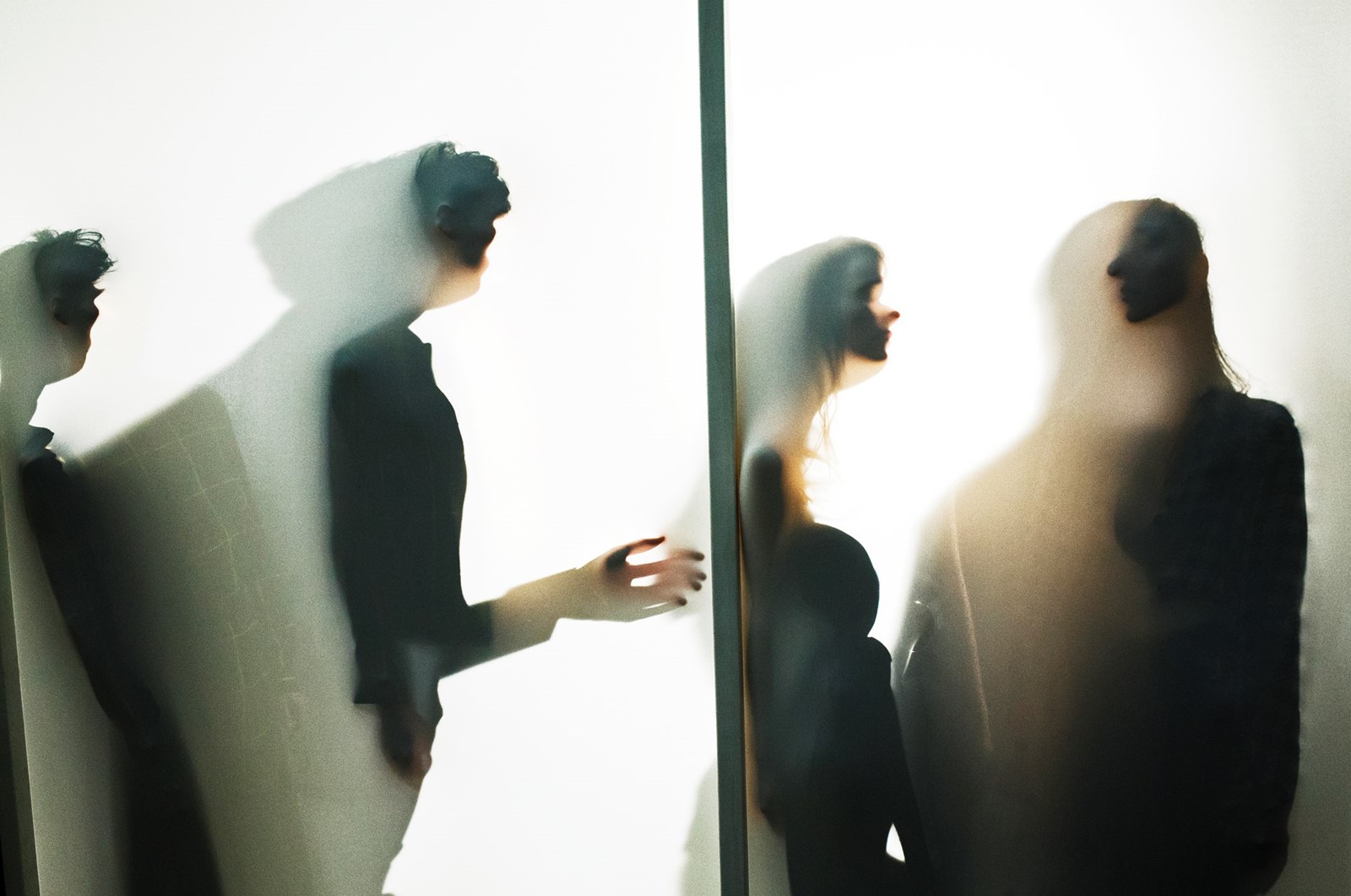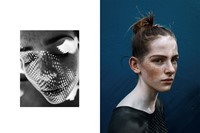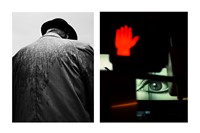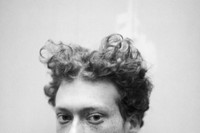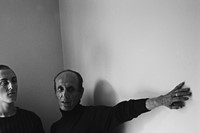At just 25 years old, Jack Davison’s brooding, honest portraits have already established him as one of the most promising photographers of his generation. This season marks the second instalment of his collaboration with McQ, who tapped the Essex-born photographer to capture their A/W16 collection in the digital presentation, previewed exclusively here on anothermag.com. “I got left to my own devices, which is really rare for a fashion commission,” says Davison. “The first time I worked for McQ, I got left in a walled garden for a day and was told to make pictures, which is a nice thing to be asked to do instead of being forced into a corner and asked to shoot eight outfits in the same way.”
Considering the London-based photographer has been already lensed cover stories for the New York Times Magazine and FT Weekend Magazine, travelled across 26 American states to create a striking photo series and been named ‘One to Watch’ by British Journal of Photography, it may come as a surprise that Davison is largely self-taught. What began as a teenage passion project and access to Flickr allowed him to develop his eye and technique all the way through his English Literature degree (“My tutor described it as ‘the loyal, drab wife’ that I’d spurned for photography, my exciting mistress”) to his present stage of editorial and commercial success. Here, he gives AnOther a glimpse into his very visual world, accompanied by his work for McQ A/W16 and a portfolio of his personal photography.

On working with McQ...
“Shooting this series was a little different for me because I usually only use natural light; I kind of stick to outdoors and window-lit rooms. This was shot in a very dark studio and we were in it all day because it was absolutely chucking it down outside. There was another shoot going on at the same time, which was a bit more of a formal lookbook shoot, and I was kind of left to make little sets and do fly-on-the-wall pictures. I brought a bag of objects to play with and create different types of light and abstraction. Sometimes, you have to work to get models in a position where they’re not being so model-y – generally, most people I’ve photographed are friends of friends, or people I’ve just bumped into. I wanted to try and keep that sensibility and make it feel less pose-y.”
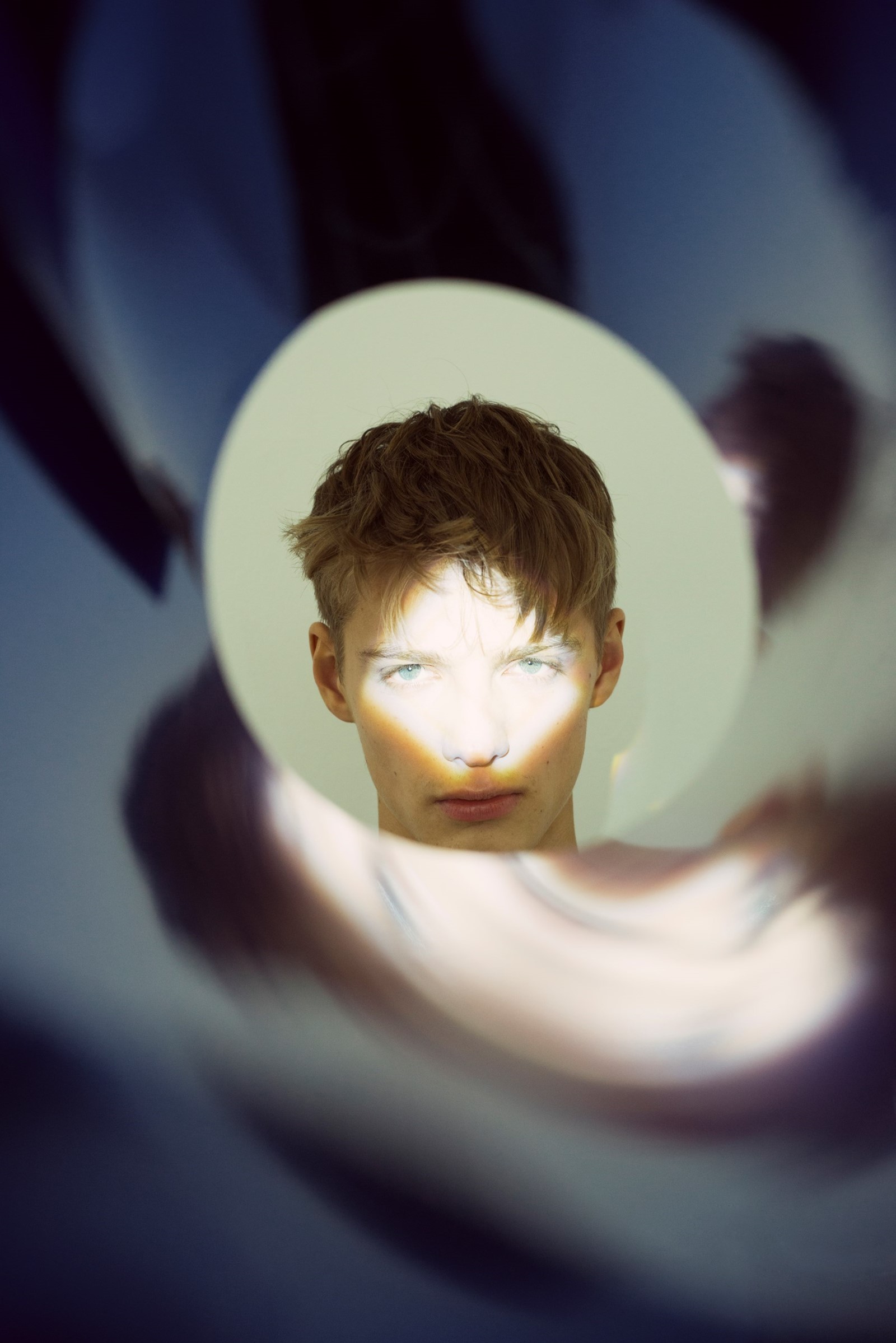
On fashion photography...
“I shoot a lot and collect images and then try and make sense of them after. Often, it’s just a certain face or person that I’m drawn towards, especially if they can sit as an image outside of a date or particular era; there are a lot of fashion pictures that I fear will date so quickly because they’re governed by the clothes within them. A lot of the fashion photographers that I admire have passed – like [Richard] Avedon and [Irving] Penn – although I try not to look at fashion photography if I’m going to shoot fashion pictures, because it’s quite easy to repeat the same things. I always end up going back to documentary, reportage and portrait photography (I have a huge library on my computer), which I try to apply elsewhere."
On London as a prevailing inspiration...
“I used to live in the countryside in the middle of nowhere so, before I could legally drive, I was kind of stuck in the same place. I was doing lots of drawings and paintings but I wasn’t that keen on that, so I started taking pictures and realised that it made a lot of sense. What was really important early on was that the people I was working with were based in London. Whenever I would get the train to London I was always learning things and seeing new things. Now, my work is mostly people and things that I’ve picked in London over the last couple of years.”
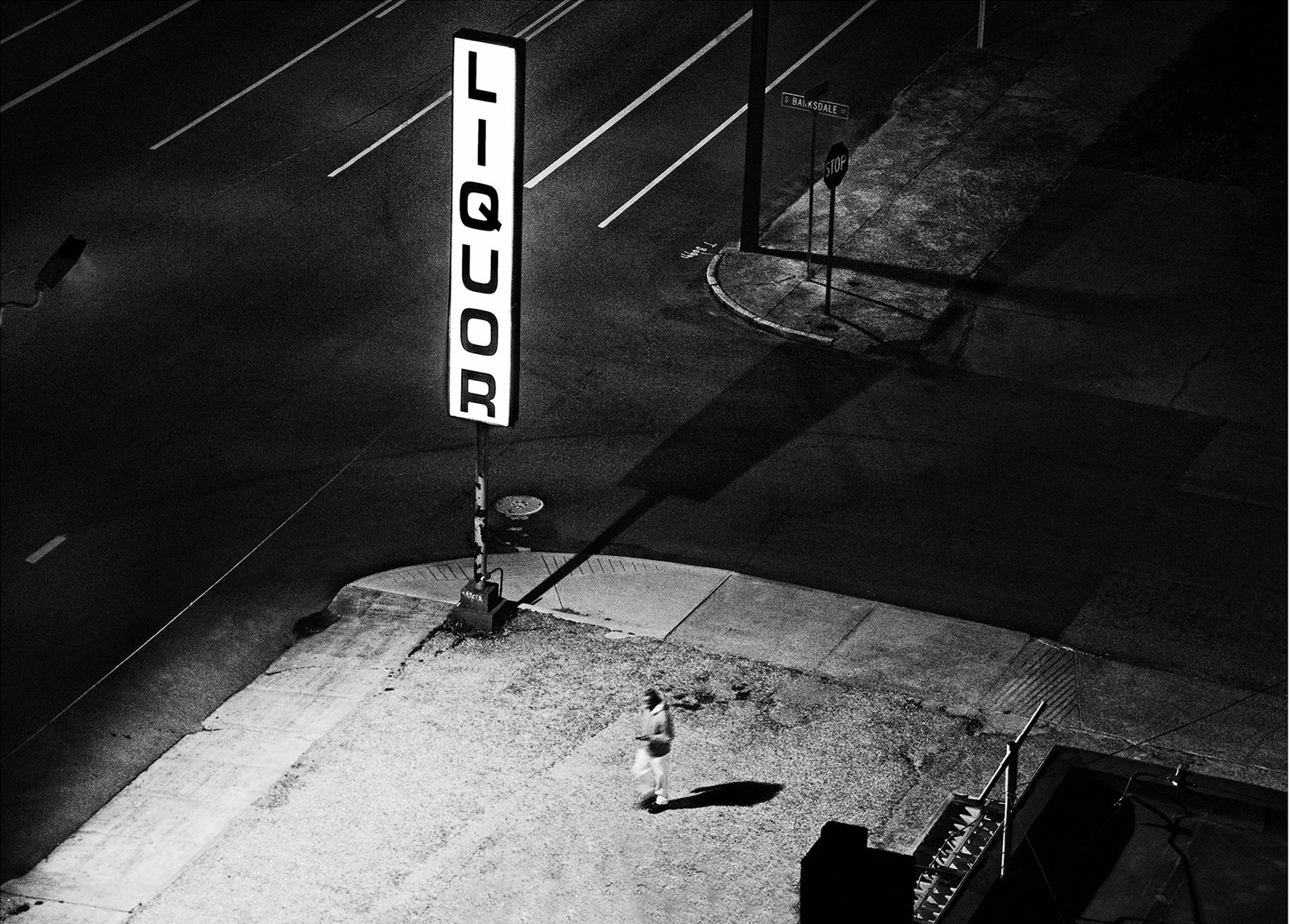
On documenting his American road-trip through 26 states...
“I saved up some money by working on a building site and then went to America. I did a big road trip that stopped by a lot of photographers I know through Flickr but hadn’t met, and I was just shooting solidly for six months. I needed to get myself out of England for a change; you go somewhere and come back and see things differently. We get so much American culture just by proximity so we have all of these preconceptions and part of it was discovering that some of them were really accurate and some were really far off. Also, it was really formative as a challenge because America has been photographed to death.”
